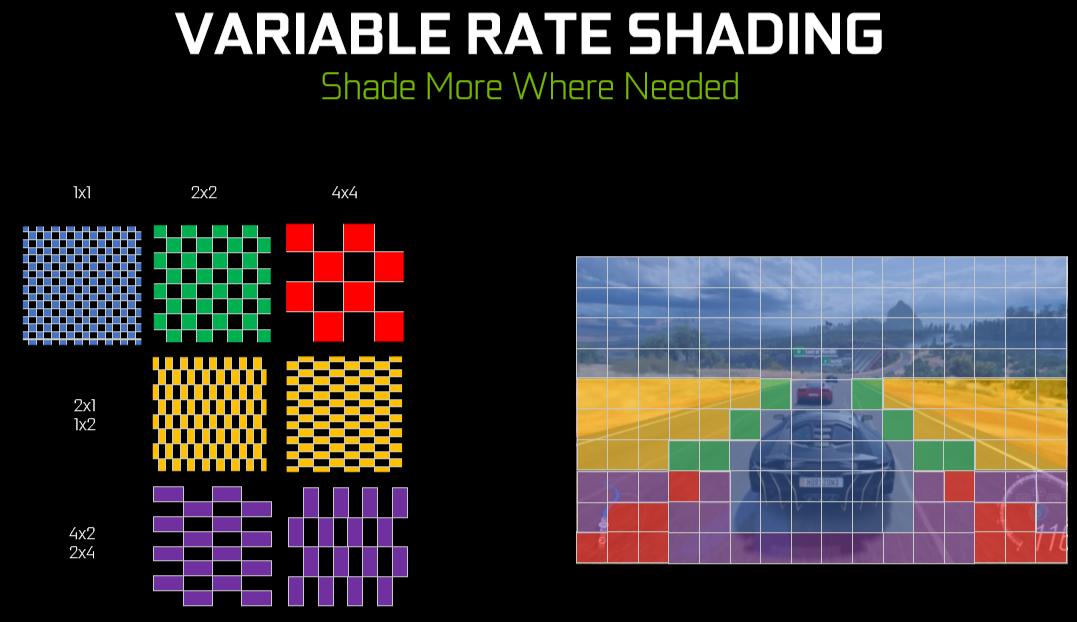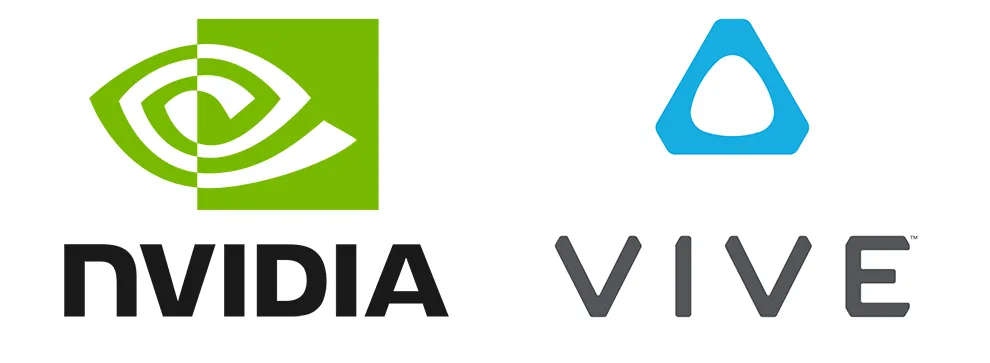At the NVIDIA CES 2019 conference, the company announced a special partnership with HTC on two key VR technologies: VirtualLink and foveated rendering.
VirtualLink is the new USB-C single cable standard for future PC VR headsets and GPUs. Promisingly, it’s backed by Oculus, Valve, Microsoft, HTC, NVIDIA, and AMD. The standard is intended to simplify the setup process of PC VR and allow laptops to easily support VR.
Foveated rendering is a process which renders most of the view of a VR headset at lower resolution except for the exact area where the user’s eye is pointed, which is detected with eye tracking. That area in front of the eye — where humans perceive the greatest detail — is rendered at a significantly higher resolution. Foveated rendering is considered crucial for future advancement of VR as it allows for higher resolutions without impossible GPU requirements.

It’s unclear exactly how the two companies are cooperating in these areas, but it seems likely to be related to research & development. Key to making foveated rendering work is finding a way to render at multiple resolutions efficiently. NVIDIA explained that its GPUs have hardware acceleration for this process, which could reduce any overhead.
NVIDIA ended this announcement by recommending tuning in to HTC’s special press event. The event will take place at 1PM PST (21:00 UTC). It certainly sounds like HTC could be revealing a PC VR headset with a VirtualLink cable- and perhaps even with foveated rendering. We’re attending HTC’s event and will report what they announce.


























